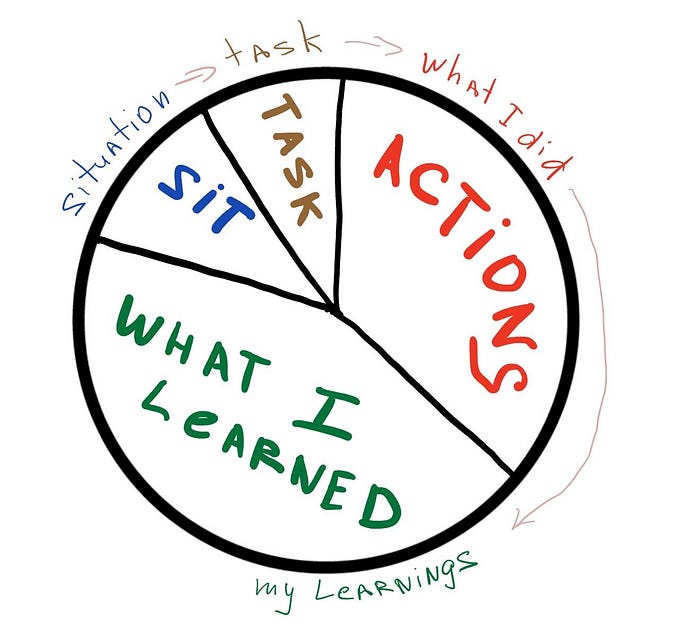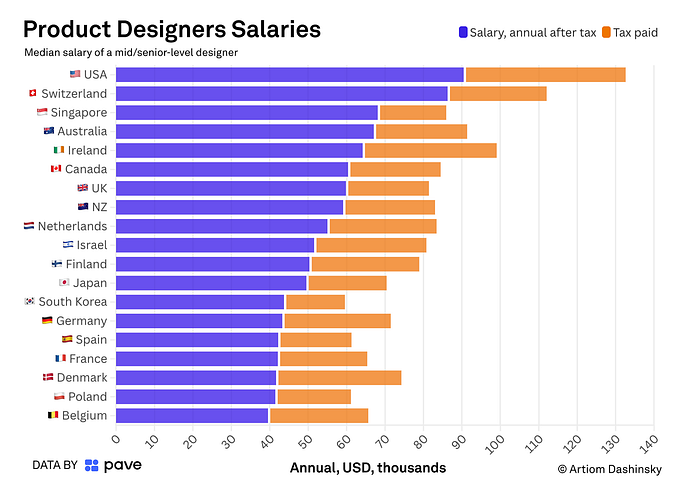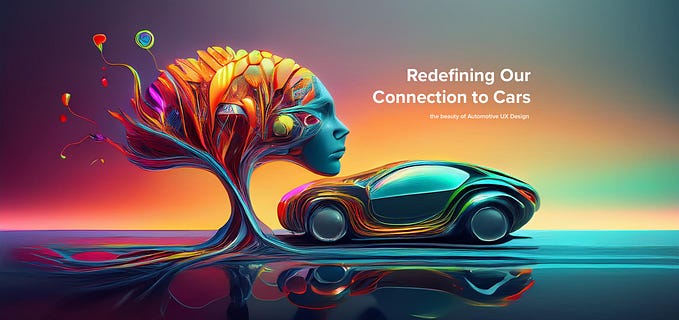People- Space-Work and Technology -The era of phygital space
People like to keep certain distances between themselves and other people or things. And this invisible bubble of space that constitutes each person’s “territory” is one of the key dimensions of modern society
- Edward T Hall, American anthropologist and cross culture researcher.
Socially distant is the new normal, in terms of physical distance, we believe in a virtually connected and closer world. The reality of hitting the streets tomorrow or the day after work is still a nightmare for many. We know things are not going to be the way it was, we need to adapt to an evolving, hybrid world. It is going to be hard to get employees back at workplaces but staying remote forever could never be a solution. Even that has adverse effects on one’s wellness in terms of retention, fatigue, stress etc. Arriving at a common, which would lead to rebuild and regain the trust in the workplace infrastructure, along with risk mitigation and management, a genuine human-centric approach to design is the needed. With emerging technologies, Architecture and design needs to thrive, so does the physicality and design of space, where the technology enables a user to transit into the “Phygital world”. Vitalising the opportunity of phygital environment to bring a sense of community and belonging would make people come back to the physical workplaces with confidence. Proxemics at work ensures trust that’s needed to collaborate with the team. The sense of place and belonging in design is strongly influenced by the user, function, culture, society, region, gender, relationship, beliefs, time, resulting in a set of behavioural patterns of people using the space and context.

The versatility of a workspace, over the past two years with work from home culture has seen tremendous ephemeral transitions even within a day. For instance, take a look at our home the physical space, we have a mini home office. In between the day, we shift places for a team meeting or alone time to think and focus. The same space becomes a family gathering area by evening. Virtual work meet happens over a mobile or computer-based application. Yet achieving the human connect through meetings, discussions are not efficient as face to face interactions. That involves body language, facial expressions and behavioural patterns is a miss.
The Phygital workplace design allows designers to evolve, explore, and implement their design, focusing on user experience and interactions. These innovations would pave ways for the redeployment of workplace Architecture and design, towards the coexistence of design in physical and phygital forms to bring people together. In the future, integration of various levels of mixed realities with the Architecture design of workplaces in the phygital world would provide more customised solutions to each employee. Based on their data analytics of the user preferences to shape their workplace experience and interactions. Creating a palette design of choices, for the user to experience based on their needs, wants, and wishes. Provides them not only with the comfort, flexibility of working from home but also decide their choice and mode of hybrid. These tailor-made possibilities could help in achieving employees’ trust in their workplace and make them want to come back to the offices without hesitation and fear.
References:
- Arup report on Future of offices in a post pandemic world ( https://www.arup.com/perspectives/publications/research/section/ future-of-offices-in-a-post-pandemic-world).
- McKinsey & Company’s report on The future of work after COVID-19 (https://www.mckinsey.com/featured-insights/future-of- work/the-future-of-work-after-covid-19).
- Knoll workplace research on The thriving workplace creating a new narrative (https://www.knoll.com/document/ 1356801866494/KNL21-WP-Thriving%20Workplace-210216.pdf)
- Connect 2021: Our vision for the metaverse (https://tech.fb.com/connect-2021-our-vision-for-the-metaverse/).
- Haworth’s report on Workplace design for wellbeing (https://www.thercfgroup.com/files/resources/workplace-design-for-well-being.pdf).










